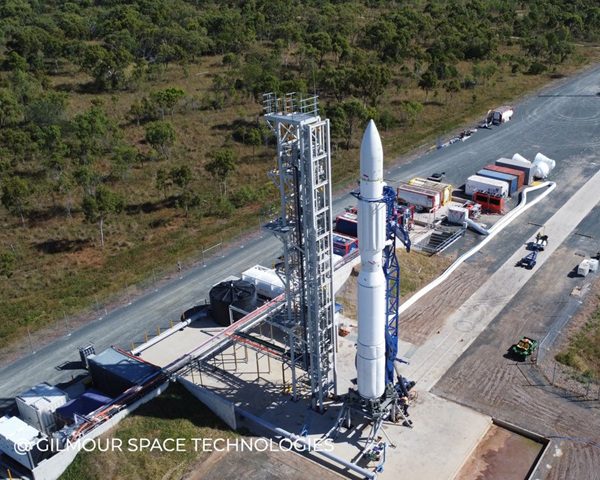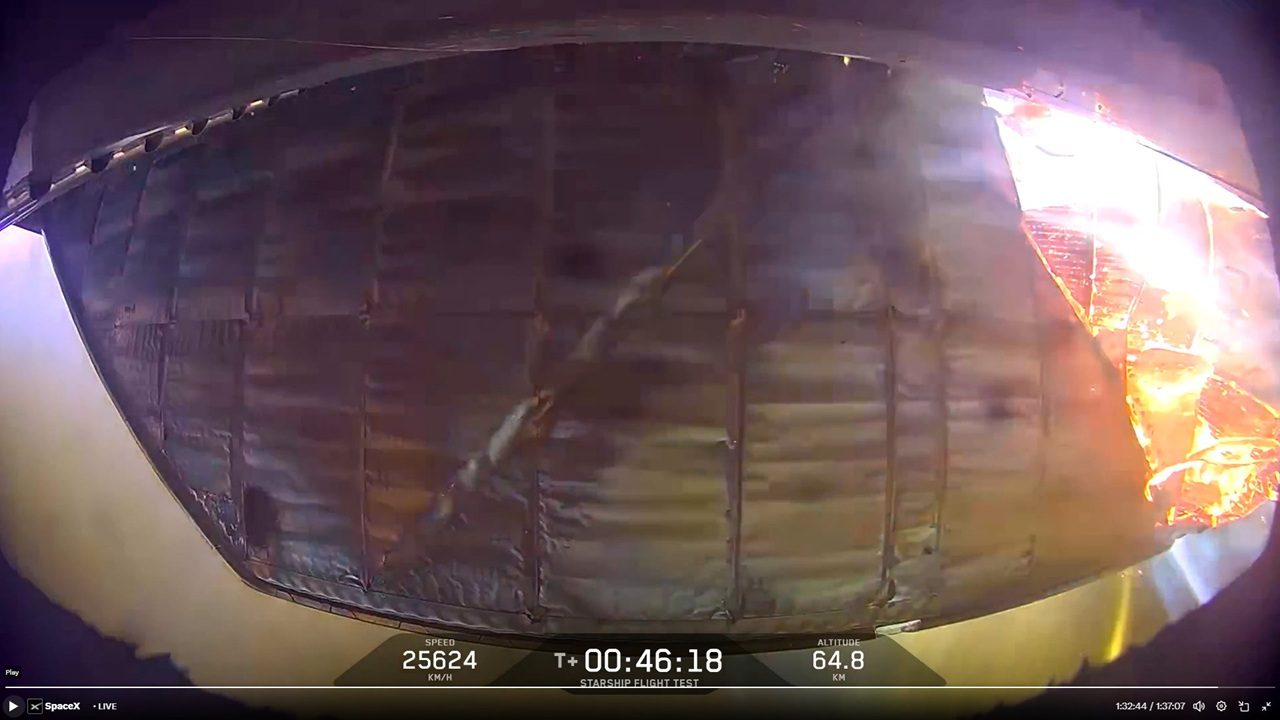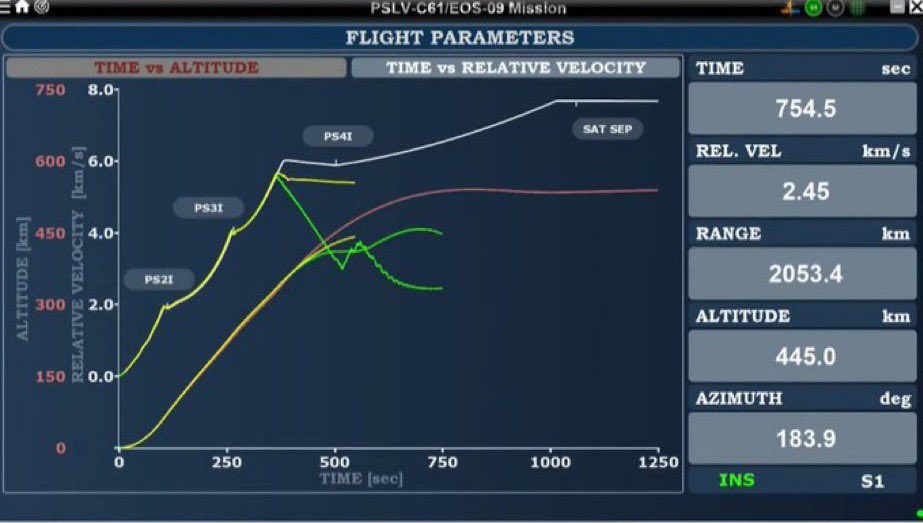It is sad to report that the former Royal Navy Rothesay-class frigate, HMS Plymouth, which used Sea Cat missiles to fight off low level air attacks during the Falklands War of 1982 (she was set on fire after four non-exploding bombs hit her just outside of San Carlos Water), is now on its way to be scrapped after failing to attract enough revenues as a museum ship. In effect, a Turkish scrap yard is now set to do what the Argentine Air Force could not: destroy HMS Plymouth.
The Falklands War, which was started by an invasion of the islands by Argentine forces commanded by its then ruling military Junta, was a close run thing. The attrition suffered by the Royal Navy was just about matched by the attrition in the Argentine Air Force. However, after many losses, eventually the British Army and Royal Marines were successfully landed on the Islands at San Carlos and, after a series of bloody battles, they managed to retake the islands.
While the rights of sovereignty over the Falkland Islands (aka Malvinas) is still being argued over, it is sad to note that HMS Plymouth could not be saved as the last remaining warship still in UK hands from that short but violent war. It could have served both as a tribute to the Royal Navy’s lost warships and crewmen, and as a salute to those brave and skilful pilots of the Argentinian Air Force who were killed doing as they were ordered.
The war itself was a close run thing, not least because not all the systems of the Royal Navy worked as planned, sometimes interfering with each other’s operations as they did so. There is even an indirect space connection here, as the first Royal Navy ship lost in the conflict, HMS Sheffield, was struck by an air-launched Exocet missile while acting as an air attack early warning “picket ship” out at sea, because early satellite communications (via the SCOT antenna) interrupted early warning radar operations.
Sometimes it was the actual weapons which did not work as well as manufacturers’ claims. In a discussion about missile effectiveness we noted that the Sea Cat (Seacat) first generation anti-aircraft missile system was just too slow and needed too much skill to use, and thus only managed to shoot down one aircraft out of 80 attempts during the Falklands war. That “confirmed kill” (there were other Sea Cat claims) was made by a visually controlled Sea Cat missile fired from HMS Plymouth’s sister ship, HMS Yarmouth, in “Bomb Alley” – a nickname for San Carlos Water where British troops were being landed. After the war, it was realised that having more anti-aircraft guns would have been more effective in the San Carlos situation and these subsequently replaced Sea Cat for last ditch defence in many cases.
Nowadays however, guns and even missiles are regarded as “so last war”. Anti-missile lasers are now being fitted to warships (e.g. USS Ponce) and it can only be a matter of time before space-borne lasers become a “Star Wars” reality. Others are sticking with missiles with China making an alleged anti-satellite missile test on 23 July 2014.
On a slightly lighter note, it was as multiple guns and missiles were fired during the low level jet bomber attacks in “Bomb Alley” that a young Royal Navy sailor reportedly called down to his Chief Petty Officer in his ship below exclaiming: “(Expletive) Chief, it is like a bloody war film up here!”
Post Script: A Goodbye and Salute to Richard Attenborough
On that tenuous Royal Navy movie connection, just a short word to salute film actor and director Sir (later Lord) Richard Attenborough who has passed away at the age of 90. While all his achievements are too numerous to mention here, his film acting career started by playing a fearful sailor losing his nerve in the Noel Coward/David Lean war war film masterpiece ‘In which we serve’ (1942). Based on the real life history of the wartime destroyer, HMS Kelly, that film showed what life on a warship was really like including its struggles to fend off air attacks from German Ju-88 bombers using its 4.7 inch main gun armament, its 40mm quad Pom-Poms and 20mm Oerlikons, and its .50 inch calibre Vickers machine guns.
While Attenborough was briefly typecast into war film roles, he movesd on to others, displaying a range of characterisation from deranged murderers to Father Christmas himself. While not his best film, Attenborough also played an amusing British police foil to John Wayne’s rough-cut US detective character on secondment to London in ‘Brannigan’ (1975). Apart from its famously spectacular Tower Bridge car jump scene, that film also has a memorable bar brawl set in a pub in Leadenhall Market – a real-life local watering hole for London’s space insurers who work in or around Lloyds of London.
Richard Attenborough was also an excellent director specialising in true life depictions, most famously, of Mahatma Gandhi in the multi-Oscar-winning ‘Gandhi’ (1982). He also directed the fine tear-jerking romance ‘Shadowlands’ (1993) detailing the relationship between the author C.S. Lewis and the American poet, Joy Davidman.
Attenborough also had a good business brain and was on the board of several media organisations. While made fun of by the British media for his enthusiastic politically left-of-centre “luvvie” persona (Attenborough was a supporter at different times of the SDP and the Labour Party), “Dickie” Attenborough was not only well loved for his undoubted talent, but also for his personal kindness and his charitable work.
Sadly, in the last ten years of his life this undoubted good man suffered both the tragedy of losing a daughter and grand-daughter in the Asian Tsunami of 2004, and the frustration of physical and speech restrictions caused by a stroke induced fall. As we salute Richard Attenborough, we give his former actress wife, Sheila Sim, herself suffering from the onset of dementia, and the rest of his family and friends, our condolences and best wishes.







